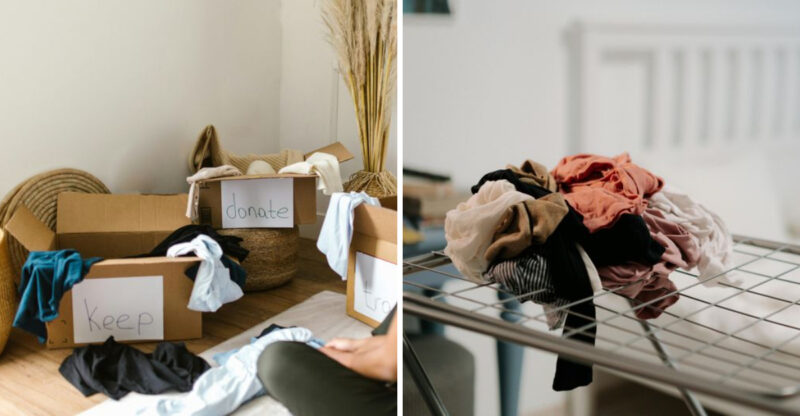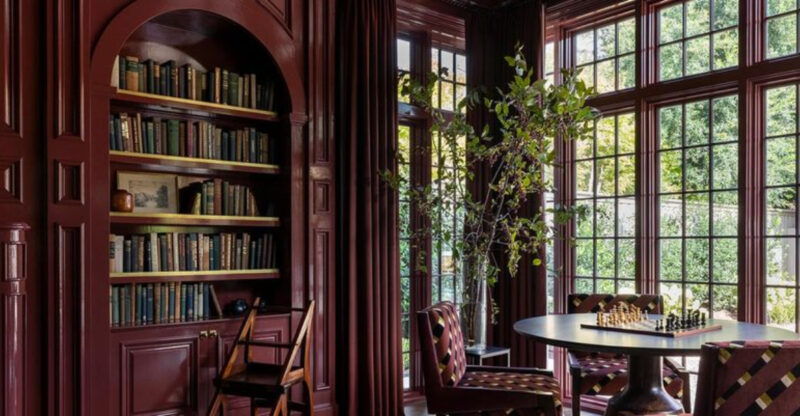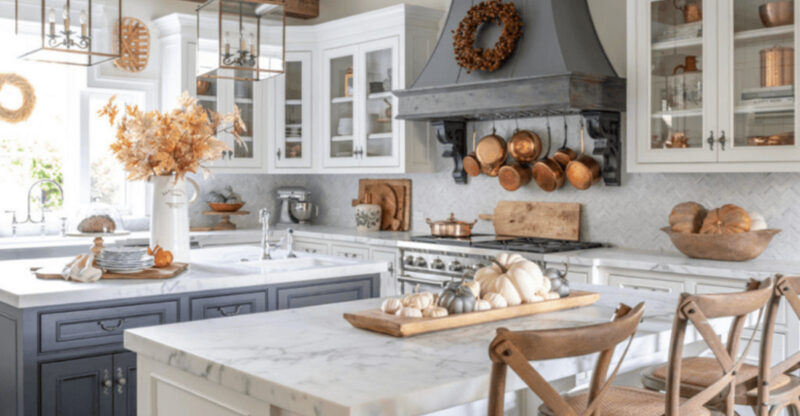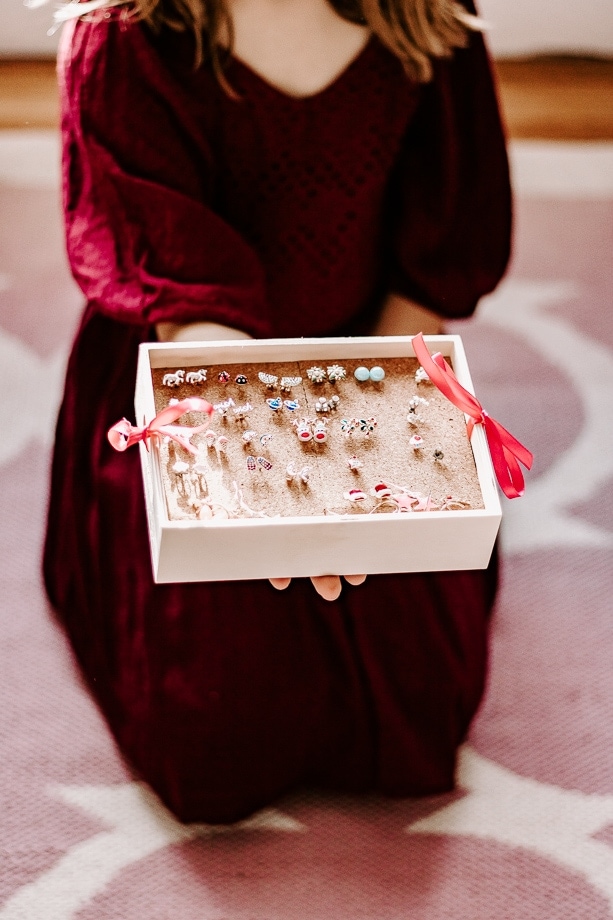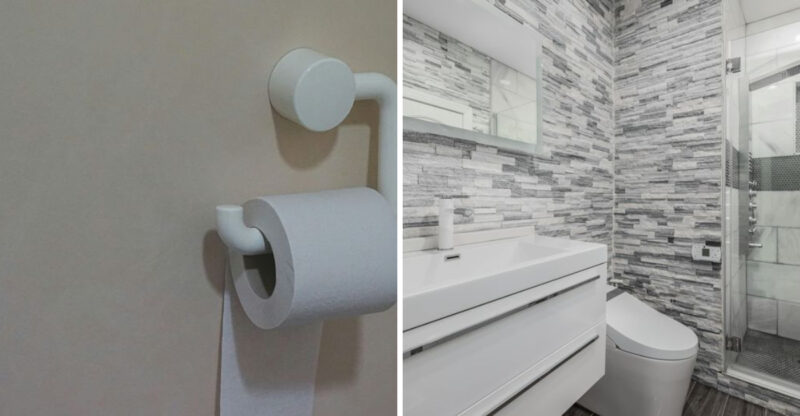12 Household Items To Ditch After 60 And 7 You Shouldn’t Have Had In The First Place
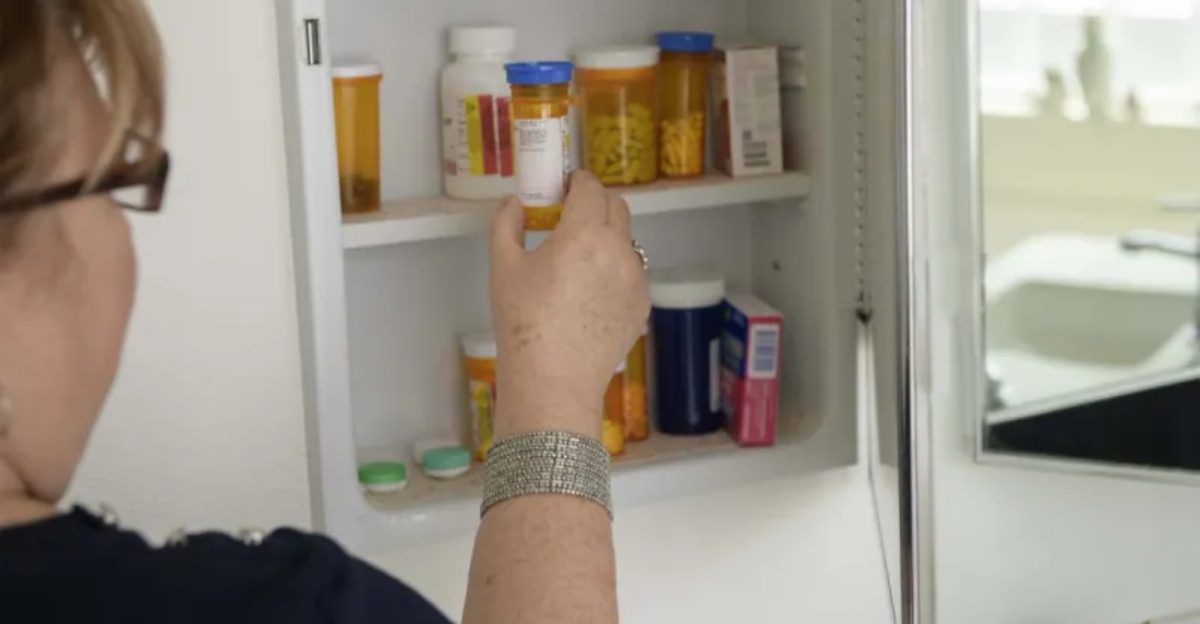
As we journey through life, our homes often become collection spots for items we no longer need or use. After 60, it’s the perfect time to simplify and create a safer, more manageable living space.
Some household items should be tossed due to age-related safety concerns, while others probably weren’t great additions to begin with. Let’s explore what to keep and what to kick to the curb!
1. Heavy Cast Iron Cookware
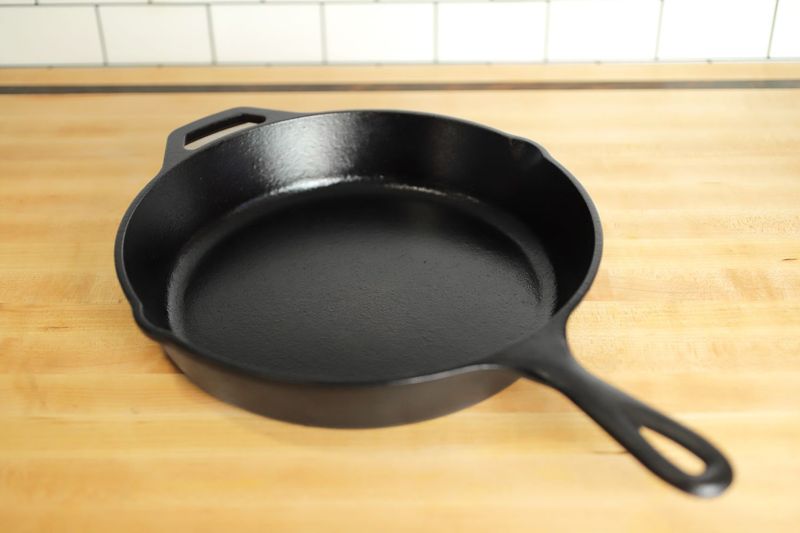
Those gorgeous, heirloom-quality cast iron pans might have served you well for decades. However, they weigh a ton! Arthritis and reduced strength can make these kitchen workhorses dangerous to handle.
Modern lightweight alternatives offer similar cooking performance without the wrist strain. Consider gifting these beloved pieces to younger family members who can appreciate their quality and history.
Your cooking shouldn’t come with a side of pain or potential injuries from dropping heavy items.
2. Step Ladders Without Handrails
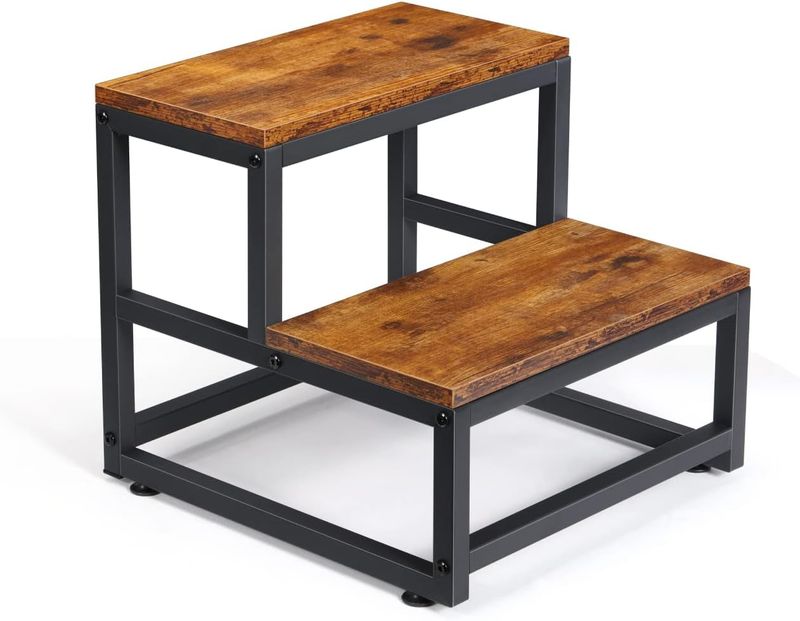
Balance changes as we age, making those old-school step stools potential disaster zones. Falls become more dangerous after 60, with longer recovery times and more serious consequences.
Replace rickety step ladders with sturdy models featuring handrails and wide steps. Better yet, rearrange your storage so frequently used items stay at eye level.
Why risk a hospital visit when reaching for holiday decorations or that special occasion platter?
3. Slippery Bath Mats
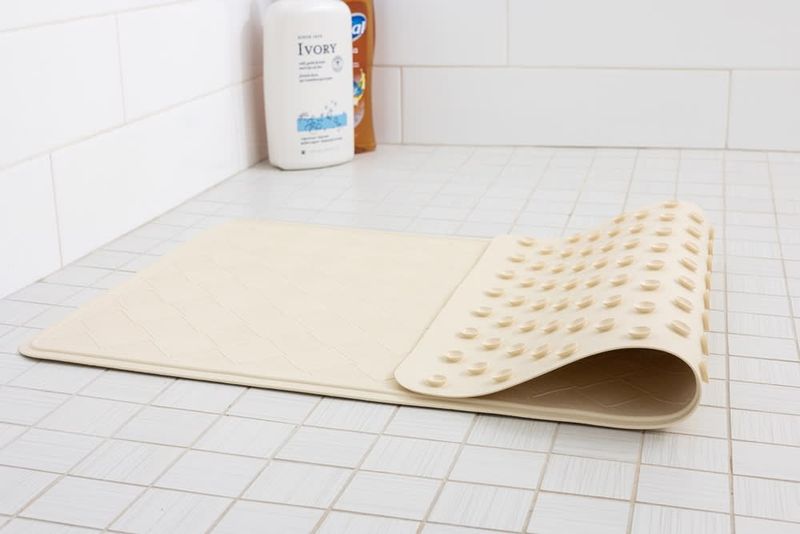
Those decorative fabric bath mats might match your towels perfectly, but they’re accident magnets. Fabric mats bunch up, slide around, and create tripping hazards in an already dangerous room.
Switch to rubber-backed mats with strong suction cups that grip your tub or shower floor. The bathroom sees more falls than any other room in the house.
Look for bright colors that contrast with your floor to improve visibility, especially during nighttime bathroom visits.
4. Overstuffed Bookcases
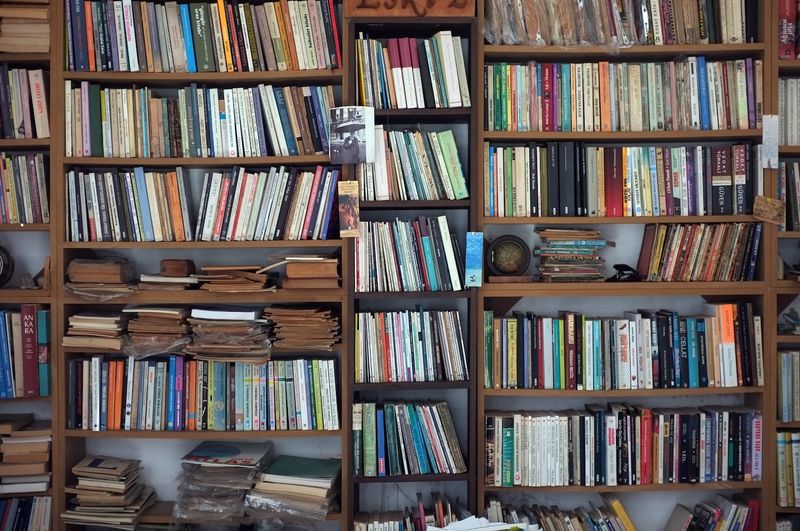
Bookcases packed to bursting with decades of collected reading might seem cozy, but they’re dust collectors and potential hazards. Overstuffed shelves can tip over when you try to extract a book from the middle of a tightly packed row.
Curate your collection down to favorites and reference books you actually use. Libraries and schools often welcome book donations.
Digital readers offer font size adjustment features perfect for aging eyes while eliminating physical storage concerns entirely.
5. Complex Electronic Gadgets
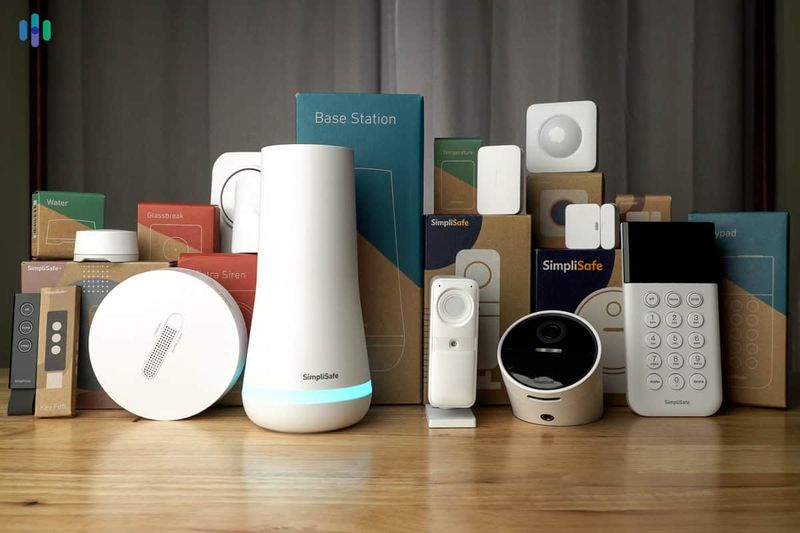
That programmable coffee maker with seventeen buttons and a manual thicker than a novel? Time to simplify! Complicated gadgets create frustration when memory isn’t quite what it used to be.
Replace multi-function devices with straightforward alternatives featuring clear, intuitive controls. Single-purpose tools with large buttons and readable displays make daily tasks pleasant rather than puzzling.
Technology should serve you, not become a daily cognitive challenge before you’ve had your morning coffee.
6. Heavy Vacuum Cleaners
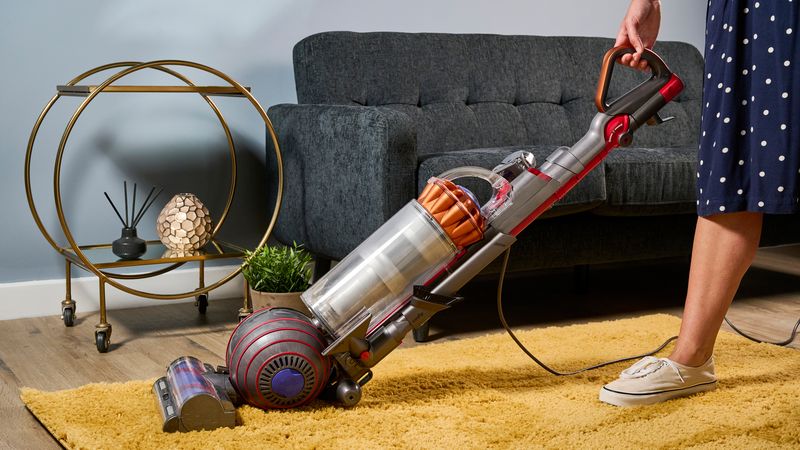
Lugging a bulky vacuum up and down stairs or pushing it around furniture becomes a workout nobody needs after 60. Your trusty old vacuum might clean well, but the physical strain isn’t worth it.
Lightweight stick vacuums or robot models eliminate the heavy lifting while still keeping floors pristine. Many newer models clean just as effectively as their heavier predecessors.
Bonus, cordless options eliminate tripping hazards from tangled power cords stretched across walkways.
7. Cluttered Countertops
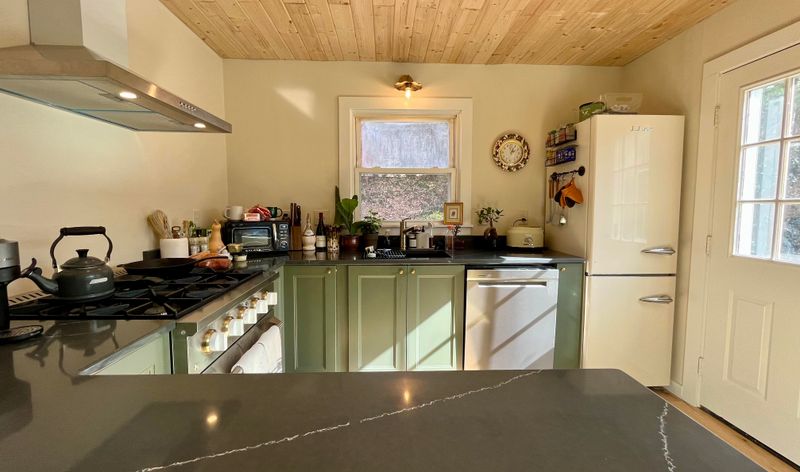
Kitchen counters doubling as storage space for rarely-used appliances create obstacles rather than convenience. Reaching around or behind objects increases the chance of knocking things over or straining muscles.
Store occasional-use items in cabinets and keep counters clear except for daily essentials. This creates more functional workspace and reduces cleaning challenges.
Consider pull-out cabinet shelves that bring stored items to you rather than requiring awkward reaching or bending.
8. Dim Lighting Fixtures

Moody lighting might feel cozy, but aging eyes need significantly more light to see clearly. Those vintage lamps with 40-watt bulbs aren’t doing your vision any favors!
Upgrade to fixtures that accommodate higher-wattage bulbs or install additional lighting in work areas, hallways, and stairwells. Motion-activated night lights create safer pathways for midnight bathroom trips.
Layered lighting with task lights, ambient lights, and accent lights ensures you can adjust brightness for different activities.
9. Overly Soft Furniture
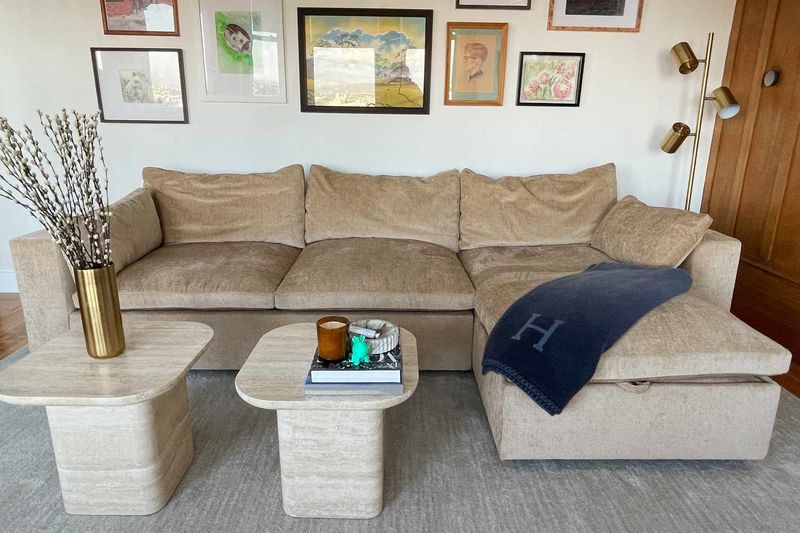
That super-plush sofa that swallows you whole might feel comfy at first, but getting up becomes an Olympic event. Deep, soft seating creates real challenges for joints that aren’t as springy as they once were.
Choose furniture with firmer cushions and proper back support. Seats with a slight forward tilt make standing up easier on knees and hips.
Higher seat heights (around 20 inches) require less effort to transition from sitting to standing compared to low-profile contemporary styles.
10. Tiny Bathroom Hardware
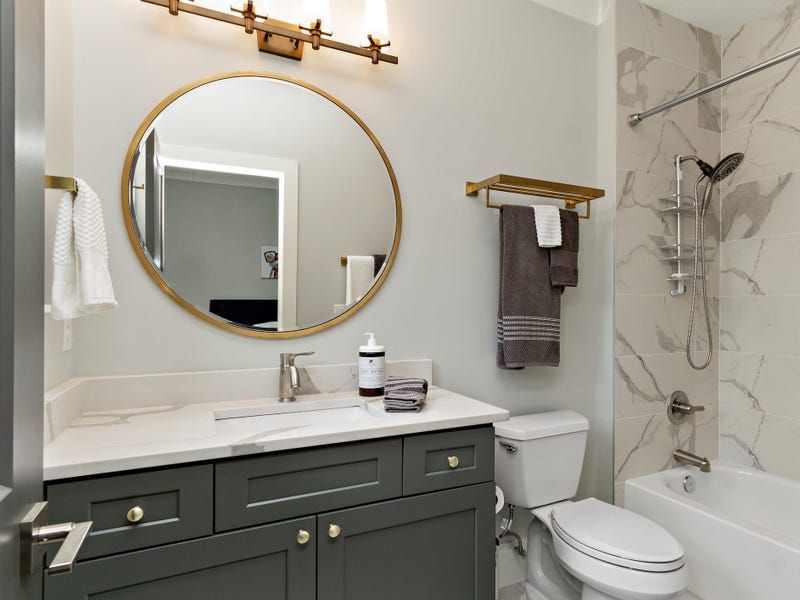
Struggling to twist that tiny faucet handle with wet or achy hands? You’re not alone, and designers are rethinking hardware because of it.
Those delicate knobs and petite pulls may look sleek, but they’re a daily hassle for anyone with limited grip strength. Upgrading to lever handles or chunky drawer pulls isn’t just smart, it’s stylish and functional.
Bonus points for going hands-free with a touchless faucet that feels downright futuristic!
11. Wall-To-Wall Carpeting
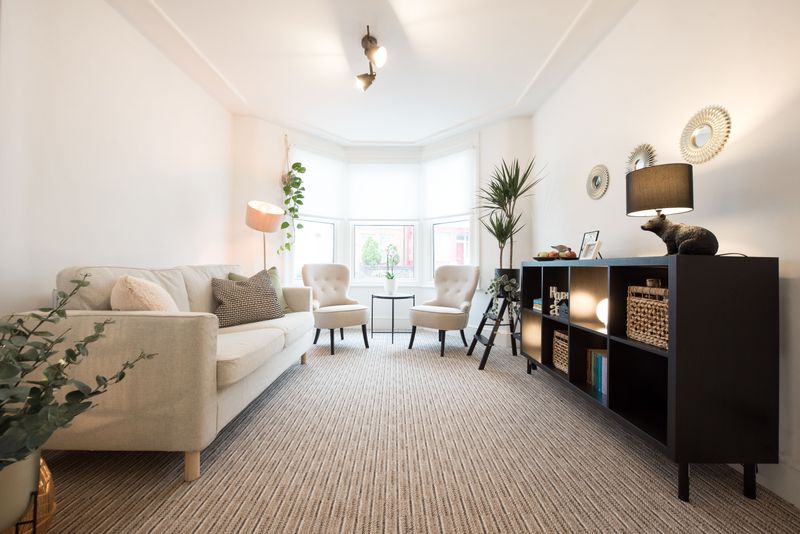
Plush carpeting throughout the house creates tripping hazards, especially with mobility aids like walkers or canes. Carpet edges catch wheels and the padding creates an unstable surface.
Consider replacing with hardwood, laminate, or luxury vinyl flooring for easier mobility and cleaning. If you love the warmth of carpet, use secured area rugs with low pile and non-slip backing.
Smooth, continuous flooring also accommodates future mobility needs without requiring major renovations.
12. Cheap Plastic Storage Containers
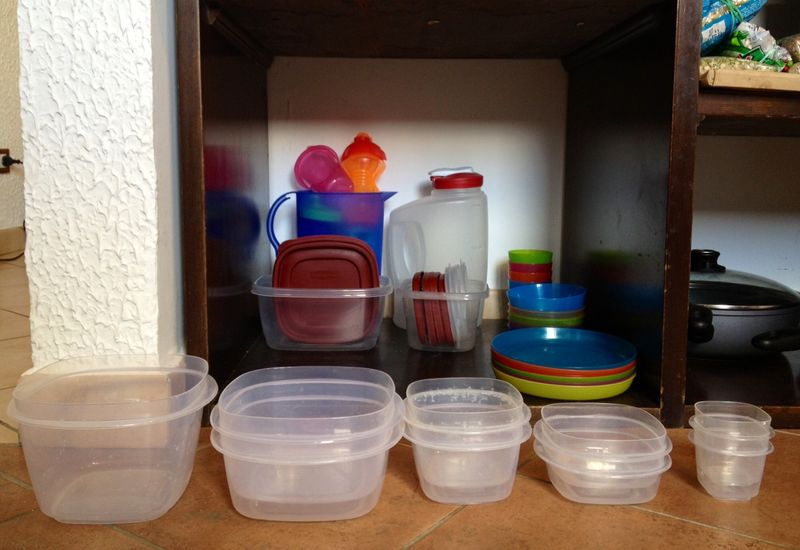
Those flimsy food storage containers with mismatched lids create frustration and kitchen chaos. Hunting for matching pieces wastes time, and cheap plastics stain and warp, making them unhygienic.
Never buy these budget containers! Invest in a quality glass set with snap-lock lids that stack neatly. Glass containers last longer, clean better, and don’t absorb odors or stains.
Look for square or rectangular shapes that maximize storage space and nest efficiently when empty.
13. Over-Scented Products
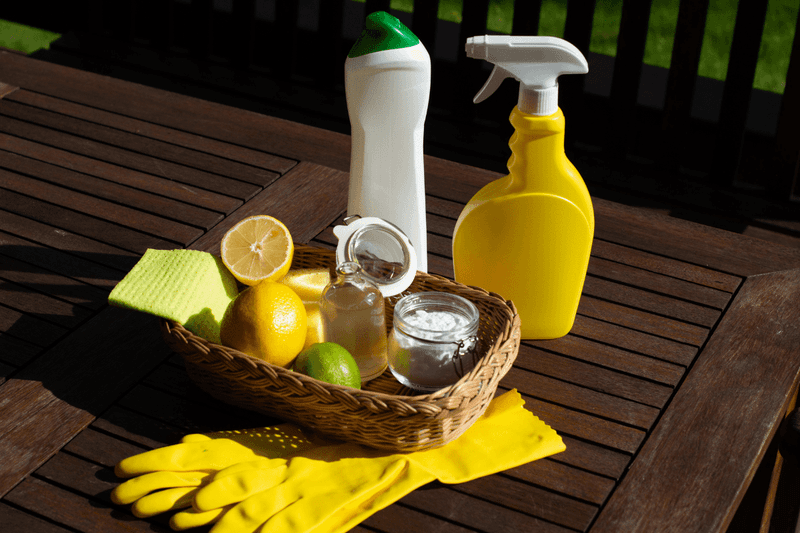
The heavily perfumed cleaning products, air fresheners, and laundry detergents might smell nice in theory, but they’re respiratory irritants. Sensitivity to strong scents often increases with age.
You shouldn’t have these chemical cocktails in your home! Switch to fragrance-free or naturally scented alternatives with essential oils if you prefer some aroma.
Many cleaning tasks require nothing more than vinegar, baking soda, and mild soap. They’re effective, economical, and gentler on sensitive systems.
14. Outdated Medications
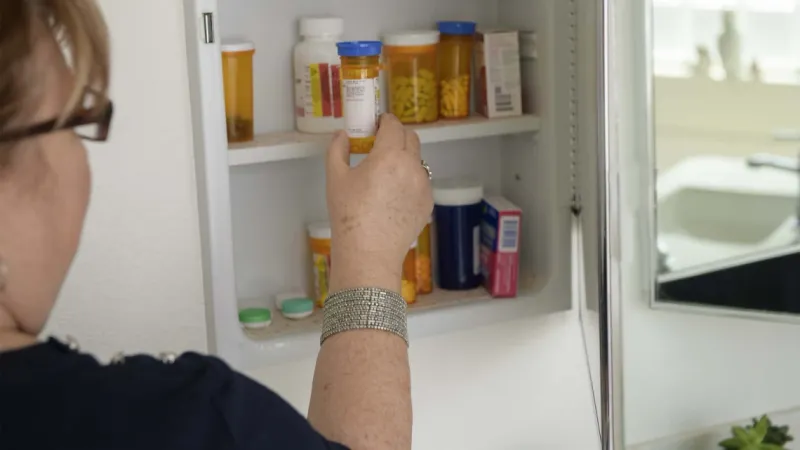
That bathroom cabinet probably contains prescription bottles from three presidents ago. Expired medications lose effectiveness and some can become harmful over time.
Schedule a seasonal purge of your medicine cabinet. Most pharmacies offer safe disposal programs for outdated prescriptions and over-the-counter remedies.
While clearing out, create a simple tracking system for current medications to avoid confusion about what to take when.
15. Single-Purpose Kitchen Gadgets
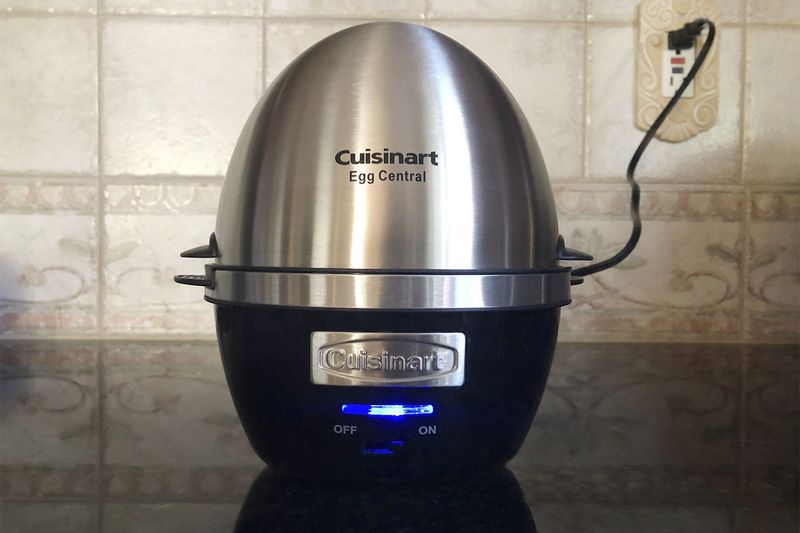
That avocado slicer, banana hanger, and electric egg cooker take up precious storage space while rarely earning their keep. Kitchen gadget marketing targets our optimism about cooking elaborate meals.
You shouldn’t have cluttered your kitchen with these one-trick ponies! A quality chef’s knife and basic tools handle most tasks more efficiently than specialized gadgets.
When evaluating whether to keep a gadget, ask if you’ve used it in the past six months. If not, it’s probably just creating clutter.
16. Too Many Coffee Mugs
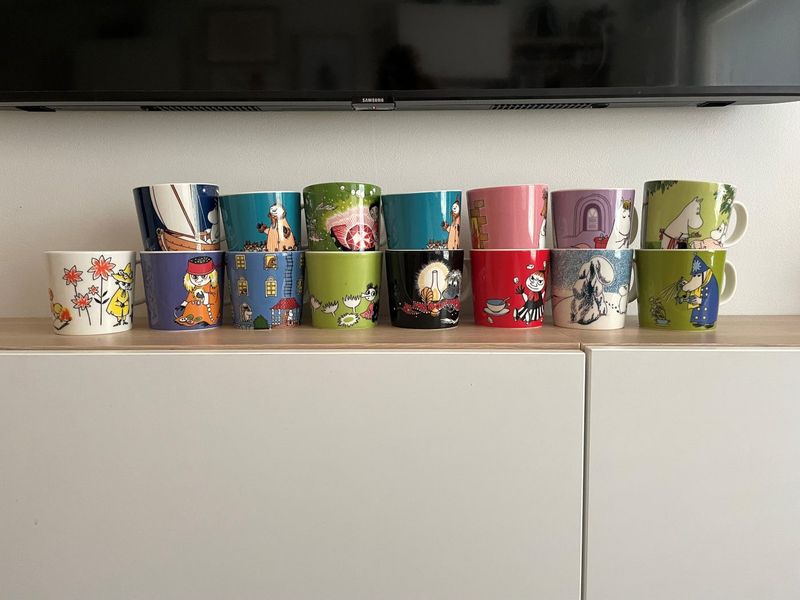
The cabinet stuffed with novelty mugs from every vacation, company event, and gift exchange represents prime real estate wasted on sentimentality. You shouldn’t have kept every single one.
Select a few favorites with special meaning and donate the rest. Five to seven mugs per person provides plenty of options while keeping cabinets functional.
Take photos of meaningful mugs before parting with them if the memories matter more than the physical objects.
17. Paper Document Hoarding

File cabinets bursting with decades-old utility bills, ancient tax returns, and instruction manuals for appliances you no longer own create fire hazards and impossible organization. You shouldn’t have kept all this paper!
Most documents can be scanned and stored digitally. Keep only current year tax documents, property deeds, and identification papers in physical form.
A single accordion file for essential papers simplifies finding what you need in emergencies.
18. Toxic Cleaning Products
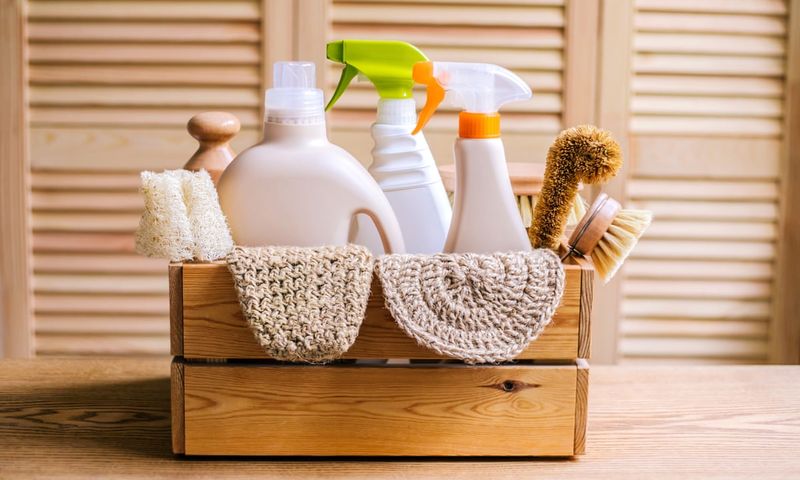
Industrial-strength cleaners with skull-and-crossbones warnings shouldn’t be anywhere near your home! They pose serious health risks through skin contact and inhalation, with dangers increasing for those with respiratory issues common in older adults.
Replace harsh chemicals with safer alternatives like vinegar, baking soda, and plant-based cleaners. Most cleaning tasks don’t require industrial solvents.
Natural cleaners eliminate the need to store dangerous substances that could be confused with other products.
19. Unreliable Smoke Detectors
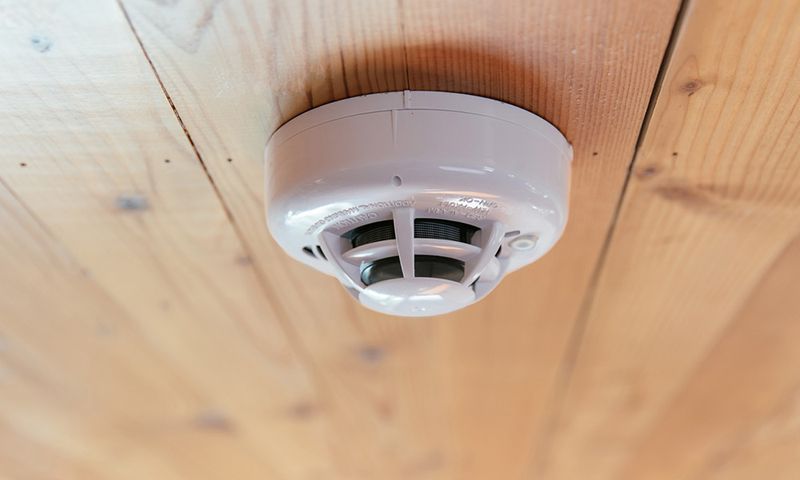
That ancient smoke detector you installed during the Clinton administration shouldn’t be trusted with your safety. Older adults face higher risks during fires due to potential mobility and sensory limitations.
Replace outdated units with modern detectors featuring long-life batteries and interconnected systems. Consider models with strobe lights if hearing loss is a concern.
Smart detectors can alert your phone or emergency contacts when triggered, providing an extra layer of protection for independent living.

